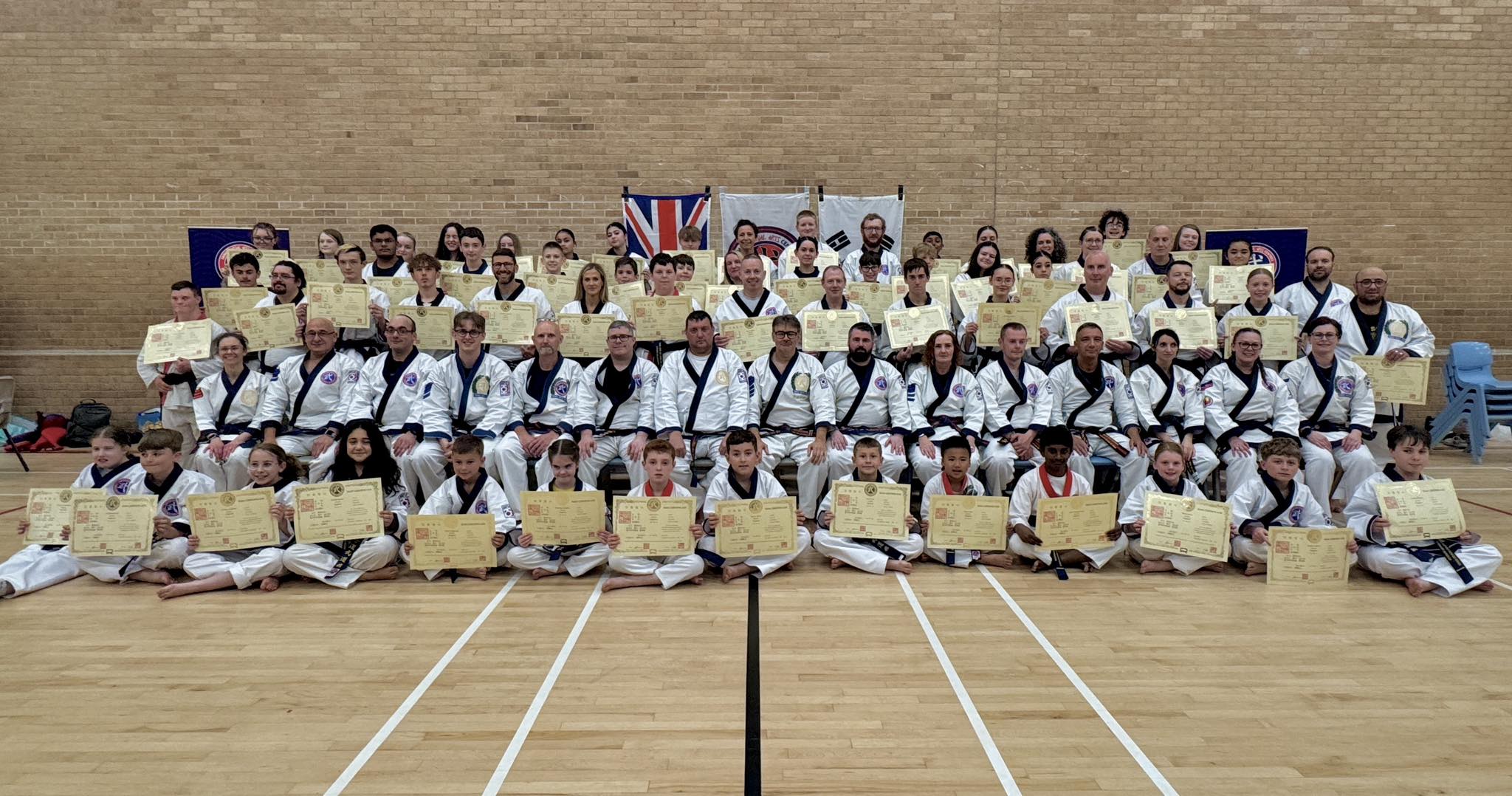Unlocking Physical, Mental, and Social Benefits
Martial arts is more than just a combat sport or self-defence technique; it is a holistic practice that nurtures the body, mind, and soul. Whether you are seeking physical fitness, mental discipline, or a supportive community, enrolling in martial arts lessons can transform your life in ways you may never have imagined.
Physical Benefits
Enhanced Strength and Flexibility
Martial arts training involves rigorous physical activity that builds strength, stamina, and flexibility. Movements such as kicks, punches, stances, and blocks engage various muscle groups, improving your overall fitness. Over time, you will notice enhanced muscle tone, better posture, and increased agility.
Cardiovascular Health
Martial arts classes often include high-intensity drills and endurance exercises, which are excellent for cardiovascular health. These activities increase your heart rate, improve blood circulation, and lower risks associated with heart disease. Joining martial arts lessons is an unparalleled way to keep your heart healthy while enjoying an engaging workout.
Weight Management
For individuals looking to lose or maintain weight, martial arts combines aerobic and anaerobic exercises to burn calories effectively. A one-hour session can burn hundreds of calories, making it a dynamic alternative to traditional gym workouts.
Mental Benefits
Discipline and Focus
Martial arts instils a sense of discipline like no other activity. The structured environment, clear goals, and consistent practice teach you to focus on tasks with unwavering concentration. These mental habits can ripple into other areas of your life, improving your productivity and decision-making skills.
Stress Relief and Emotional Balance
The rhythmic movements and physical exertion involved in martial arts act as a powerful stress reliever. Releasing pent-up energy and tension during training helps achieve emotional balance, fostering a sense of calm and well-being. Martial arts also emphasise mindfulness and breathing techniques, making it an effective method for combating anxiety and depression.
Confidence Building
Learning new techniques, mastering moves, and progressing through different belt levels instil a profound sense of accomplishment. As your skills improve, so does your self-esteem. The ability to defend yourself in unpredictable situations further enhances your confidence in daily life.
Social Benefits
A Supportive Community
Martial arts classes create a sense of camaraderie among participants. Training alongside peers and sharing experiences fosters strong bonds and friendships. Whether you join as a beginner or an advanced student, you will find a supportive community eager to help you grow.
Respect and Humility
One of the core principles of martial arts is respect—for your instructor, peers, and yourself. Practising martial arts teaches humility and develops interpersonal skills, making you a more balanced and empathetic individual.
Cross-Cultural Awareness
Most martial arts forms have deep-rooted cultural significance, whether it’s karate from Japan, taekwondo from Korea, or capoeira from Brazil. Enrolling in lessons exposes you to diverse traditions, fostering a global perspective and appreciation for cultural diversity.
Practical Benefits
Self-Defence Skills
One of the most appealing aspects of martial arts is the ability to protect yourself and others in dangerous situations. Martial arts teach effective self-defence techniques, empowering individuals with skills that are both practical and life-saving.
Lifelong Learning Opportunity
Martial arts is a journey rather than a destination. There’s always something new to learn, whether it’s a higher belt, advanced techniques, or deeper philosophical insights. This continual learning process keeps your mind engaged and your body active, making it a fulfilling lifelong endeavour.
Family-Friendly Activity
Martial arts is an inclusive activity suitable for people of all ages. Many schools and studios offer classes for children, adults, and even entire families. Participating as a family can create lasting memories and strengthen relationships.
Why Start Today?
In today’s fast-paced world, it is easy to put personal well-being on the back burner. However, the benefits of martial arts are too compelling to ignore. By starting today, you take the first step towards a healthier, more focused, and empowered version of yourself. The sooner you begin, the sooner you can enjoy the myriad advantages martial arts has to offer.
Taking the Leap
If you’re still hesitant, consider visiting a nearby martial arts studio for a trial class. Most facilities are welcoming and offer beginner-friendly sessions to help you ease into the practice. Whether your goal is physical fitness, mental clarity, or social connection, martial arts lessons provide a versatile platform for self-improvement.
Don’t wait for the perfect moment—it’s already here. Join martial arts lessons today and embark on a transformative journey that will enrich your life.
Contact us on: 01204 391 361




